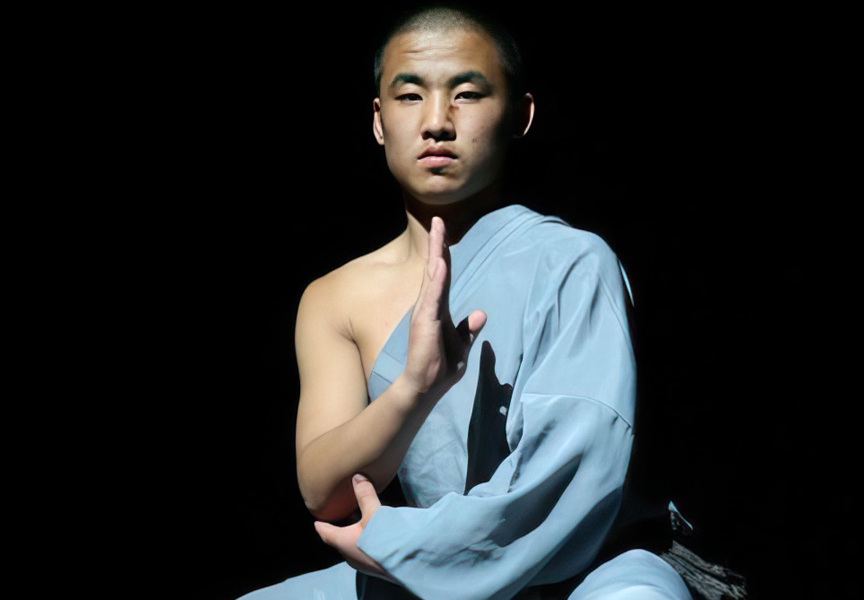Random Free Articles
- Shaolin's Chain Fist
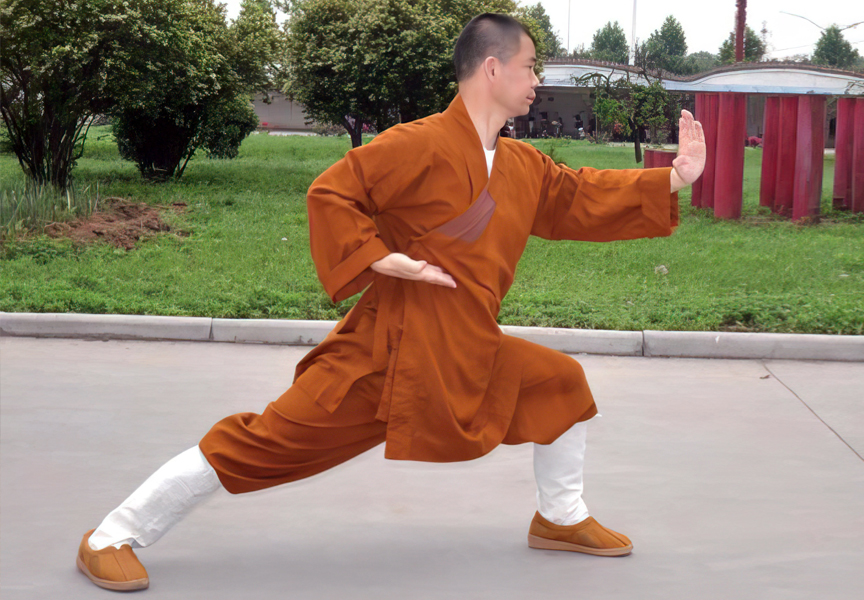
Unraveling the Mysteries of Shaolin's Chain Fist In the vast realm of Shaolin Wu Gong, the Lián Huán form [Chin.: liánhuánquán 连环拳], meaning "Chain Fist," stands as a fundamental practice that follows the mastery of the 5 Technique Fist [Chin.: wǔbùquán 五步拳]. This compact form, though small in appearance, carries immense significance in the Shaolin tradition. Characterized by simple yet powerful movements,…
- Preserving Ancient Wisdom
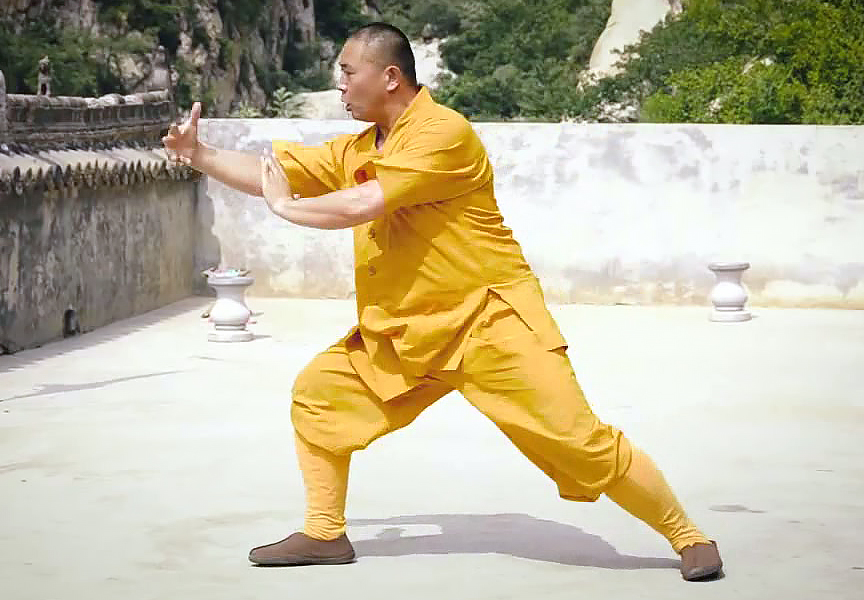
The Significance of Traditional Shaolin Kung Fu Forms In the realm of martial arts, Shaolin Kung Fu stands out as an ancient and revered discipline with a rich history that dates back over a thousand years. One of the hallmarks of Shaolin Kung Fu is the profound importance placed on preserving the original forms and techniques that have been passed down through generations. These forms are often considered a direct link to the ancient Shaolin…
- Shaolin Rou Quan in Medicine and Health Promotion
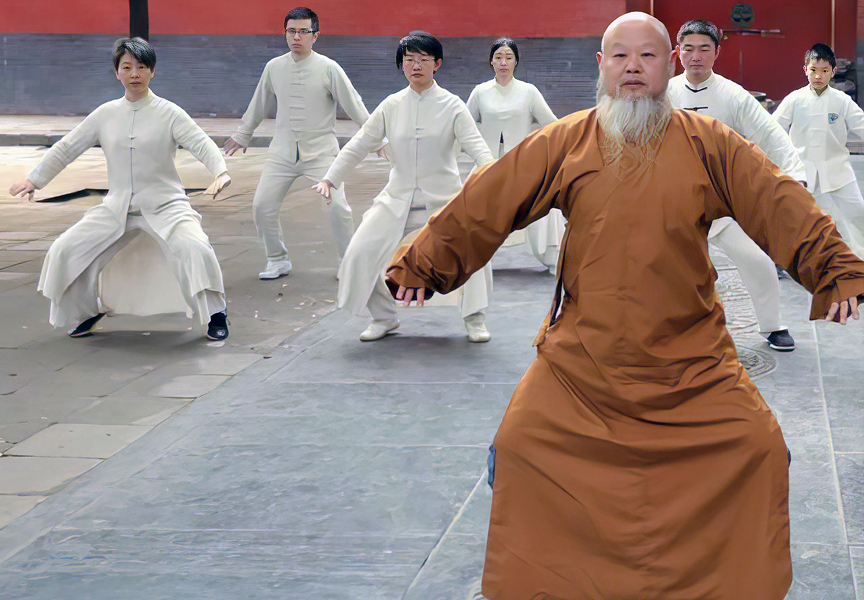
For centuries, the Shaolin Temple in China has been celebrated as the birthplace of martial arts, known for its legendary kung fu techniques and the dedication of its monks. While martial arts are primarily associated with self-defense and physical fitness, there is a lesser-known aspect of Shaolin culture that has been gaining recognition in recent years: Shaolin Rou Quan [Chin.: Shàolín Róu Quán 少林 柔拳]. This gentle and graceful…
- Martial Arts Aren’t for Everyone
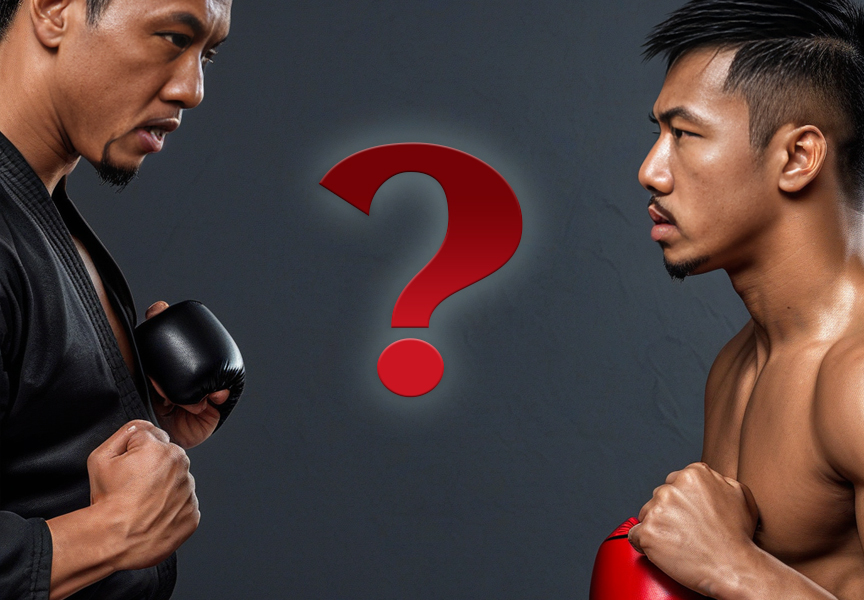
True or Myth? Martial arts have long been a symbol of discipline, physical prowess, and spiritual growth. From the cinematic grace of Bruce Lee’s movements to the philosophical teachings of ancient masters, martial arts have captivated people worldwide. But the question remains: are martial arts truly for everyone, or is this idea a myth perpetuated by its enthusiasts? Let’s explore this thought-provoking topic by examining the physical,…
- The Changing Landscape of Kung Fu in Modern China
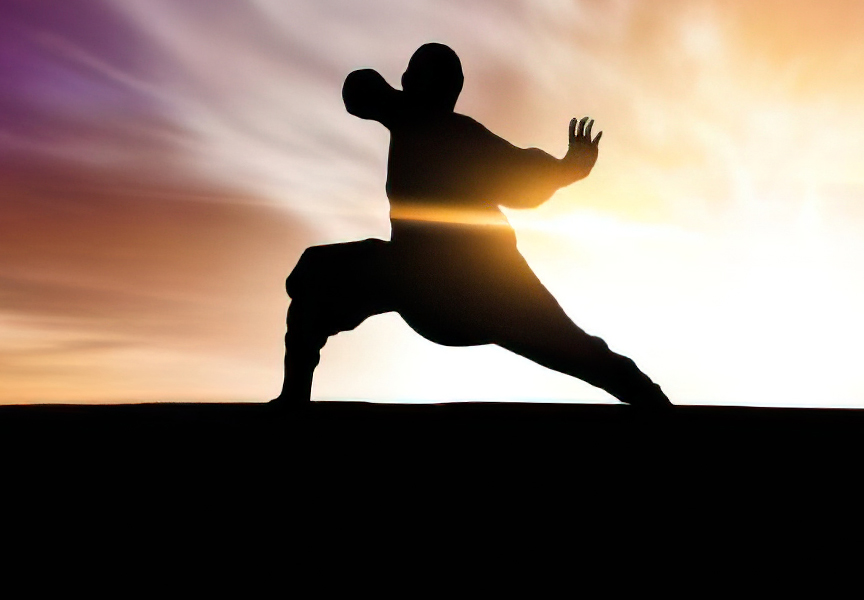
Exploring Cultural Evolution and Diversification In the realm of Chinese culture, few symbols carry as much weight and mystique as Kung Fu. For centuries, this ancient martial art has been intertwined with the very fabric of Chinese society, embodying principles of discipline, self-improvement, and tradition. However, as China hurtles forward into the 21st century, the prominence of Kung Fu is undergoing a profound transformation, reflecting…

